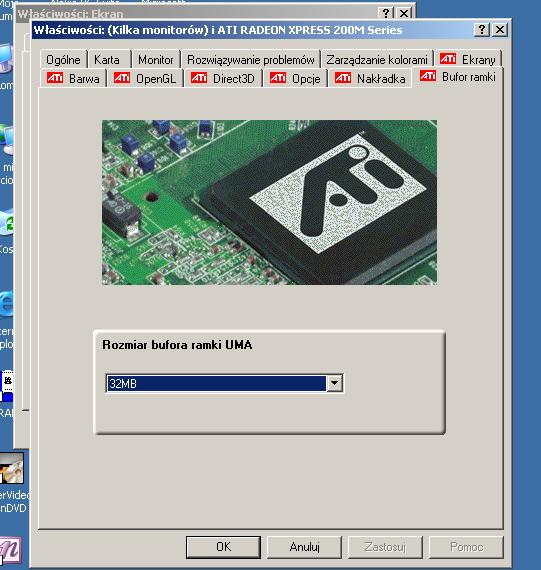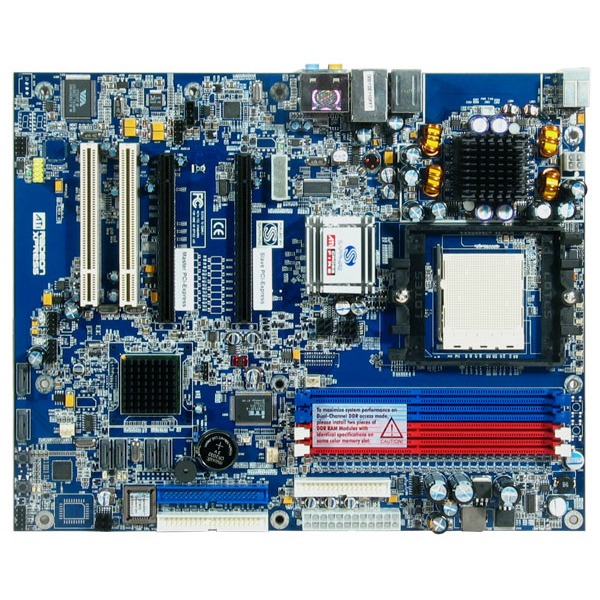

Binding for low-speed and outdated periphery.Īn obvious competitor to Xpress 200 IE is the widest-spread (in its sector) series of Intel 915/925 chipsets.Up to four SATA devices that can form two independent RAIDs 0 and 1 (based on two independent integrated two-port RAID controllers from Silicon Image).PCI Express x2 bus to the IXP400/450 southbridge (or another one, compatible by the bus interface - for example, ULi M1573).Up to four PCI Express x1 slots (from the northbridge exactly).Dual channel DDR2-400/533/667 or DDR266/333/400 memory controller supporting up to four DIMM modules without ECC, up to 4 GB total.Supports Intel Celeron D, Pentium 4, Pentium 4 Extreme Edition with the 533/800/1066 MHz FSB (dual core processors are not supported, FSB works quite well at 1066 MHz, but this clock is officially not supported either).Besides, the HyperMemory idea consisted in saving power for mobile ATI chipsets in the first place: if a system is idle, the processor may go to one of the sleep modes and there is no need to wake it up to refresh the screen (this information is stored in the dedicated frame buffer). We don't know the reasons of motherboard manufacturers, but they obviously voted with their feet. Even considering that a dedicated frame buffer is (theoretically) much more necessary for AMD64 systems than for Intel Pentium 4 platform. Indeed, we have never seen a production-line motherboard based on ATI Xpress 200, which would support this technology. There is also one little difference in the integrated video core - no HyperMemory support. Memory controller is now integrated into the chipset. It goes without saying that the interface connecting the chipset with a processor is the proprietary Intel QPB bus. Read about the ATI Xpress 200, because the functionality of the chipset for Intel differs only insignificantly. And Intel has been developing muscles in this very area of late. The reason for this comparison is obvious, as integrated video is a trump card (perhaps even the strongest aspect) of ATI products. That's why we decided that this article should contain the Xpress 200 IE review and a roundup of all modern integrated chipsets for Pentium 4. It differs little from its counterpart for AMD64. The new chipset looks rather mediocre as far as its functionality is concerned compared to representatives of the Intel platform. Let's abbreviate it to Xpress 200 IE (on the analogy of the NVIDIA nForce4 SLI IE).
ATI RADEON XPRESS 200 TEARING FULL
But it's very inconvenient to speak of a product and to spell out its full name, as if enumerating all the titles of an emperor.

Perhaps, such a nomenclature looks logical. Unfortunately, like NVIDIA a tad earlier, the Canadian manufacturer decided to keep the name of the chipset, having just added "for Intel processors". Almost six months after the release of the very interesting (and even unique in some respect) Xpress 200 chipset for AMD64 processors, ATI has presented a product with similar characteristics for Intel processors.


 0 kommentar(er)
0 kommentar(er)
